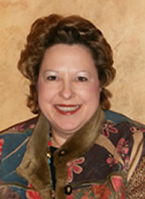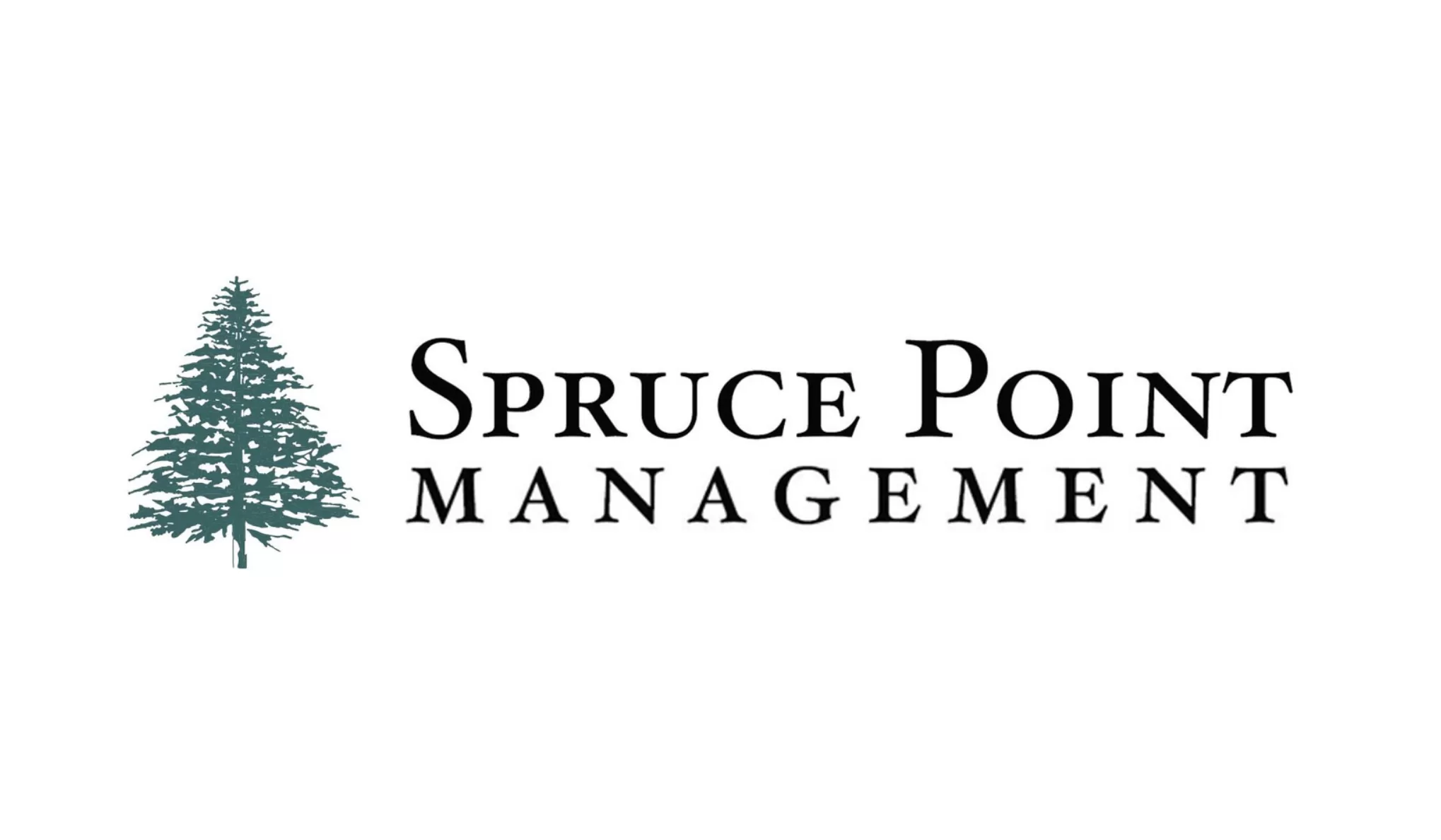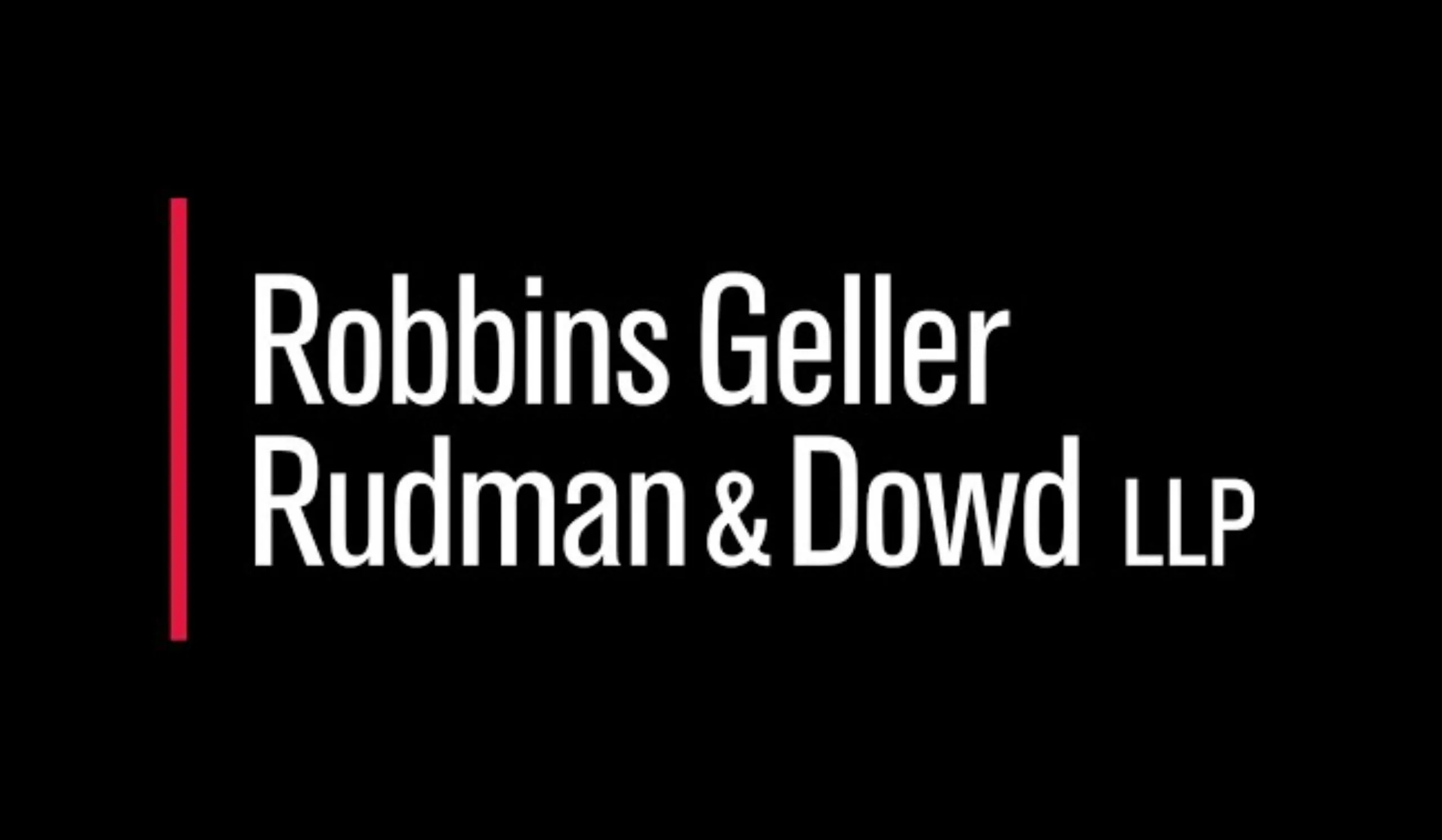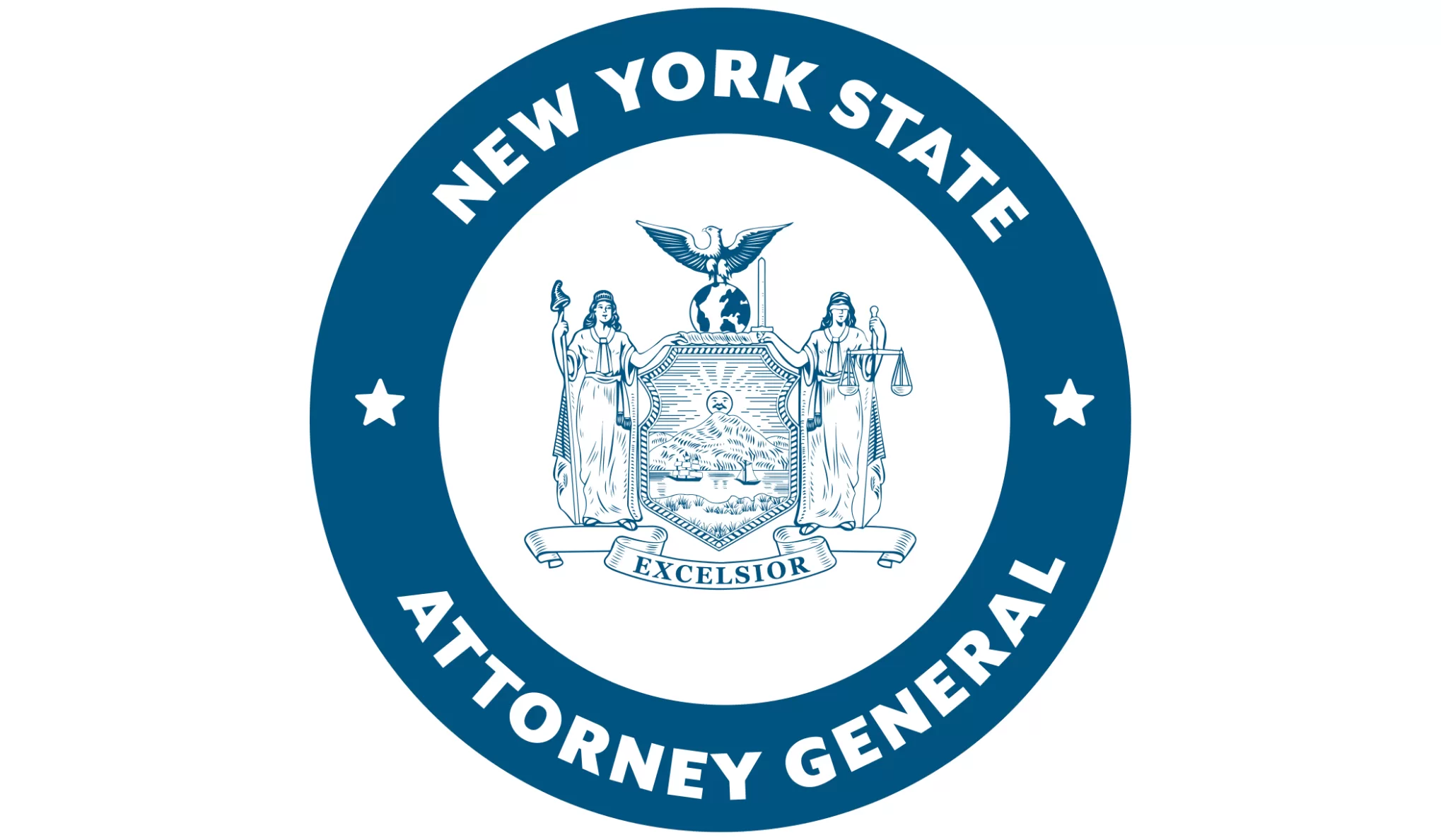 |
By Lou Ann Anderson
EstateofDenial.com
The estate of Max Farash should serve as a cautionary tale regarding the real weight of property rights whether in New York, Texas or anywhere else in this country. After a 2007 declaration of mental incapacitation by a New York Supreme Court judge, a property guardian was appointed to oversee real estate developer Max Farash’s assets valued at up to $500 million. While Farash, now 96, resides in a nursing home, his estate continues to be a source of contentious legal battles with two new fronts recently reported on by the Rochester Democrat & Chronicle.
In an Oct. 3 story, Steve Orr reports:
Former Farash Corp. chief executive Matthew S. Aroesty has been arrested on charges of stealing thousands of dollars from the property management company he once ran.
Aroesty, the grand-nephew of company founder Max M. Farash, was arraigned on a grand larceny charge in Brighton Town Court on Sept. 17.
A felony complaint alleged that Aroesty used Farash Corp. money to pay personal expenses “without authorization or permission.” The amount he is accused of misusing was not specified but was greater than $50,000, according to the one-page complaint filed by a Brighton police investigator.
The 43-year-old Pittsford resident, who left Farash Corp. at the end of 2007, pleaded not guilty and the case was sent to a Monroe County grand jury. His lawyer, John Speranza, said Friday that he had limited information about the case but vowed to “forcefully fight” the allegations.
Aroesty was removed from his Farash Corp. position within months following the guardianship appointment of Rochester attorney James C. Gocker. Lynn Farash, Max Farash’s only child, also was removed as the company’s chairman.
While few details regarding Aroesty’s alleged misuse of funds have been released, commenters on the Democrat & Chronicle web site have formed opinions with many expressing skepticism and concern regarding the court-appointed attorneys’ administration of Farash family assets and interesting motives surrounding Aroesty’s arrest. They seem to view this as an Involuntary Redistribution of Assets (IRA) action in which the guardianship and trusts controlled by Gocker are being used to divert assets in a manner contrary to the wishes of Max Farash.
That position already has weight due to prior legal battles. In July, New York State Supreme Court Justice John Ark sided with Lynn Farash to stop an attempt to cut expenses for the Farash estate by selling residential property designated in Farash’s will for his only child, Lynn. As guardian, Gocker petitioned the court for approval to sell the property and pay Lynn Farash a comparable amount so as to preserve money for charity. The property which had long been in the Farash family represents about $3.5 million out of an overall estate valued between $200 and $500 million.
Attorneys for Lynn Farash argued that an appointed guardian could not legally ignore Farash’s will. Farash’s will states that upon his death, aside from the property designated for his daughter, most of his holdings are to be placed in his charitable foundation.
Also at issue are the funds paid to Gocker, his lawyers and other associates as reports indicate they received $1.5 million during the first year (starting August 2007) of Farash’s guardianship. According to the Rochester Democrat and Chronicle, many of the case files have been sealed so that recent guardianship expenses are unknown and questions exist if they are being handled as per state court rules.
Despite this summer’s legal victory, Lynn Farash is now reported to be facing another battle with regard to assets that belonged to her mother, Marian Farash. Per the Democrat and Chronicle, Farash had placed certain assets in a trust to benefit his wife with provisions that upon her death, remaining trust assets would go to their only child, Lynn. The paper says:
Yet more than two years after Marian Farash passed away, Lynn Farash hasn’t seen a penny of the $2.2 million that remained in her mother’s trust fund — and now a local judge is being asked to decide whether she should receive the money at all.
The alternative view is the funds should go into a separate trust that ultimately would disburse a part of the funds to the family charitable foundation, which could eventually become the largest such foundation in the Rochester area’s history.
The Farash estate dispute brings up two important points. First, don’t think a net worth of $500 million is required to become an IRA target. It happens daily to people with estates of far more modest values. In certain and not that unusual circumstances, estates of $1 million or less can be appealing as they are generally cost prohibitive to litigate.
Second, when your estate planning attorney touts the importance of “proper estate planning,” remember Lynn Farash. Not once, but twice this woman is having to go to a court asking that her father’s clear instructions for the distribution of specific assets are honored. That’s absurd! While the intention here is not to dissuade people from estate planning, it is important to understand that such action does not provide so much safety as the legal industry would have you believe.
Once upon a time, there was respect for the rights and property of others. It hasn’t always been that with death, disability or incapacitated, one’s assets are suddenly “up for grabs.” Today, however, it’s a different story.
FOREWARNED IS FOREARMED!
Lou Ann Anderson is an advocate working to create awareness in the probate system. She is the online producer at EstateofDenial.com and a policy advisor with Americans for Prosperity – Texas.










